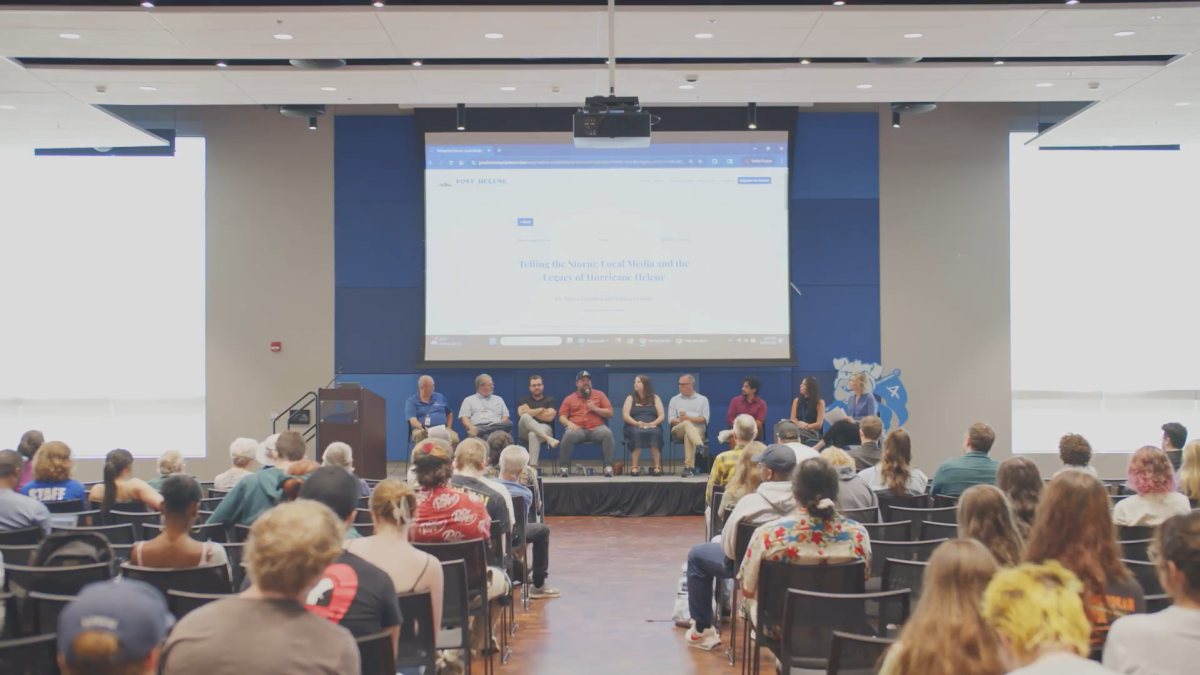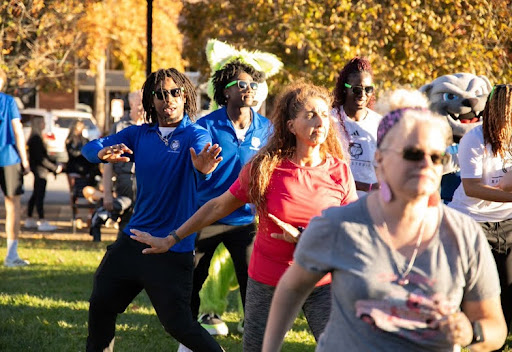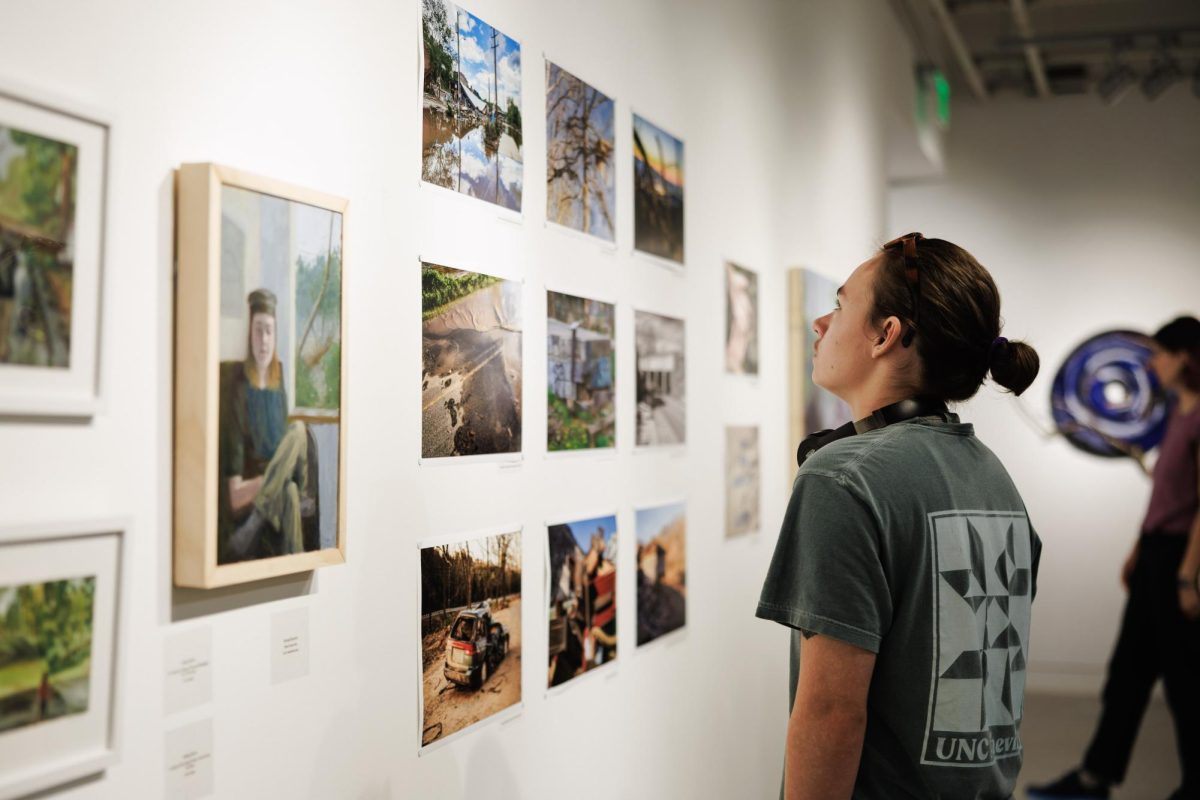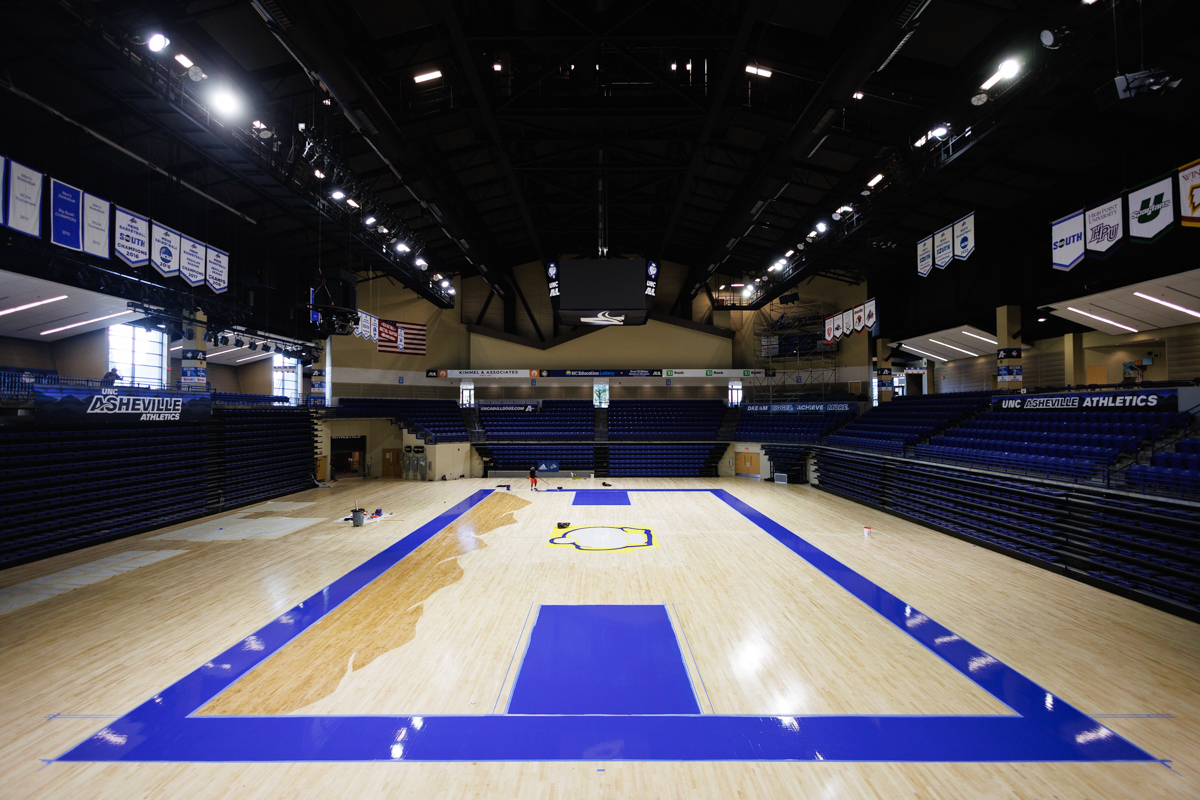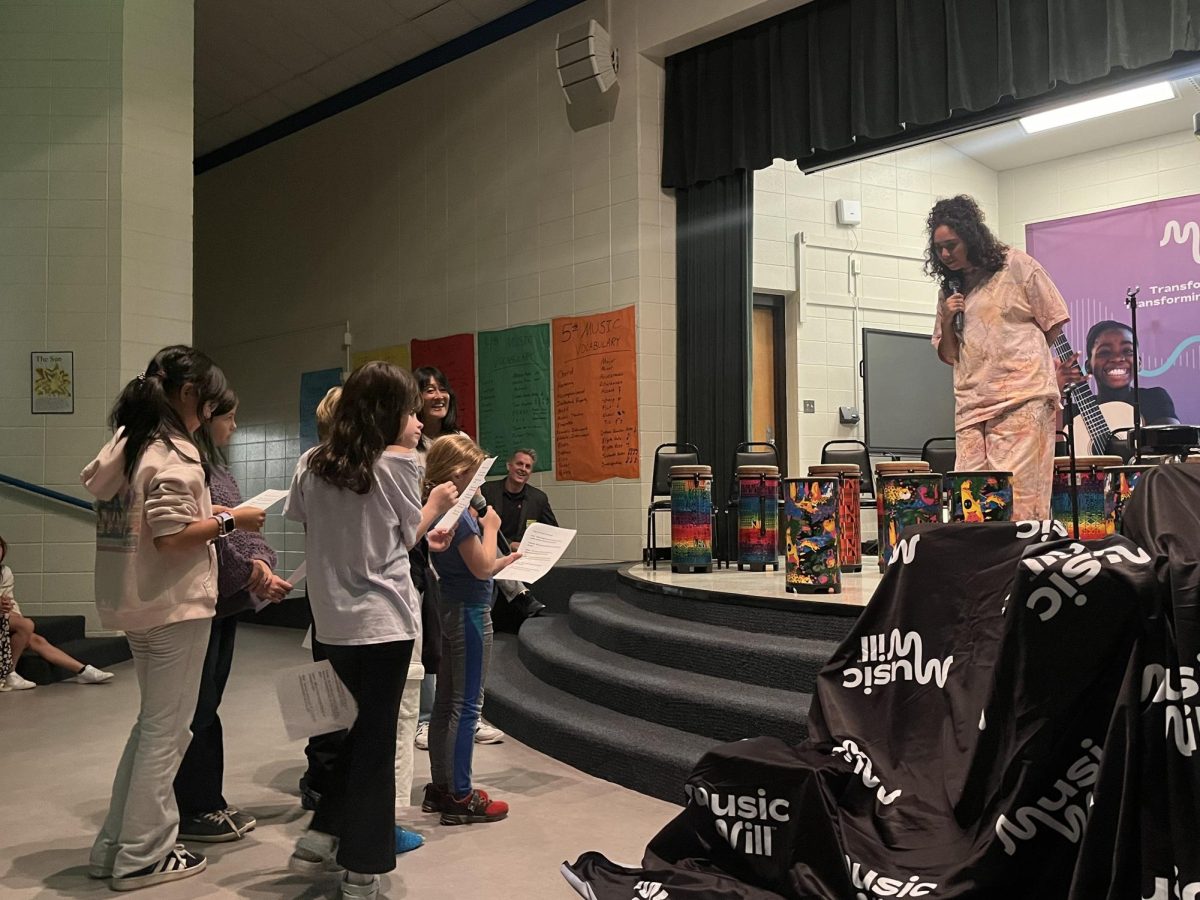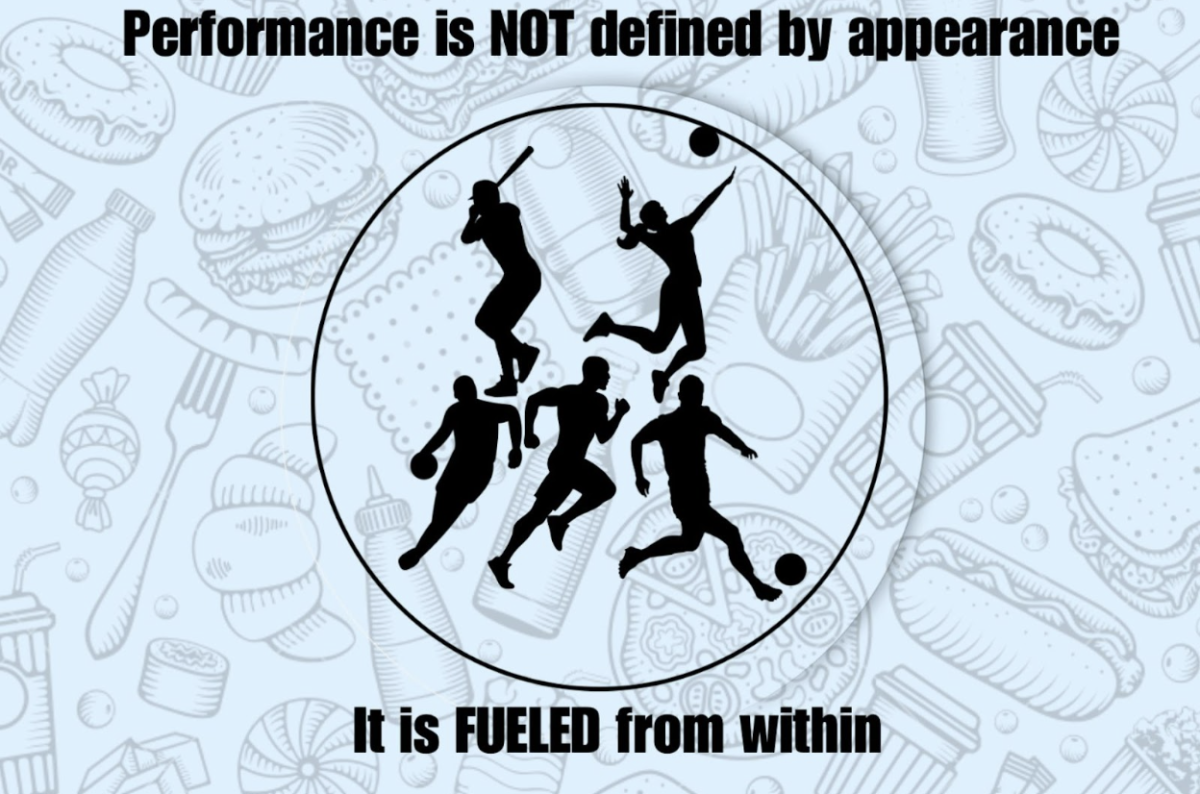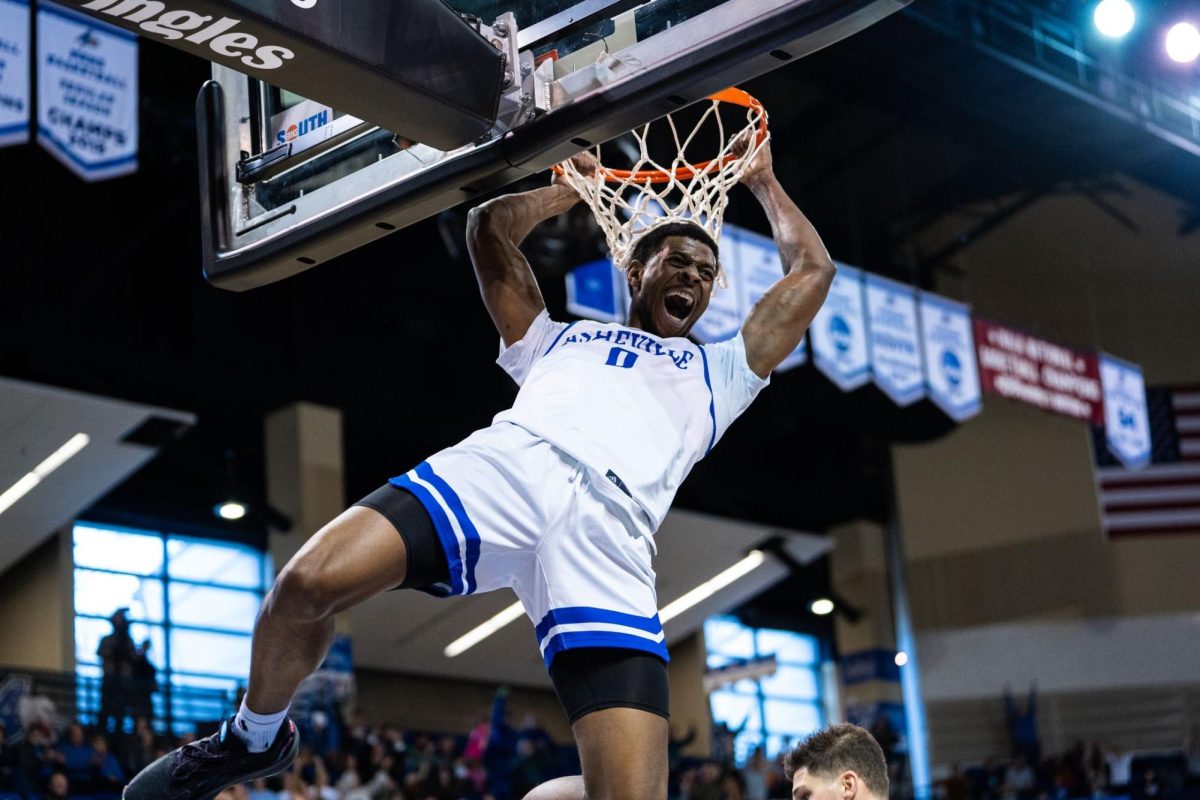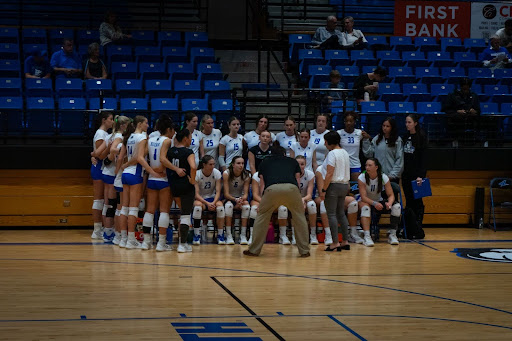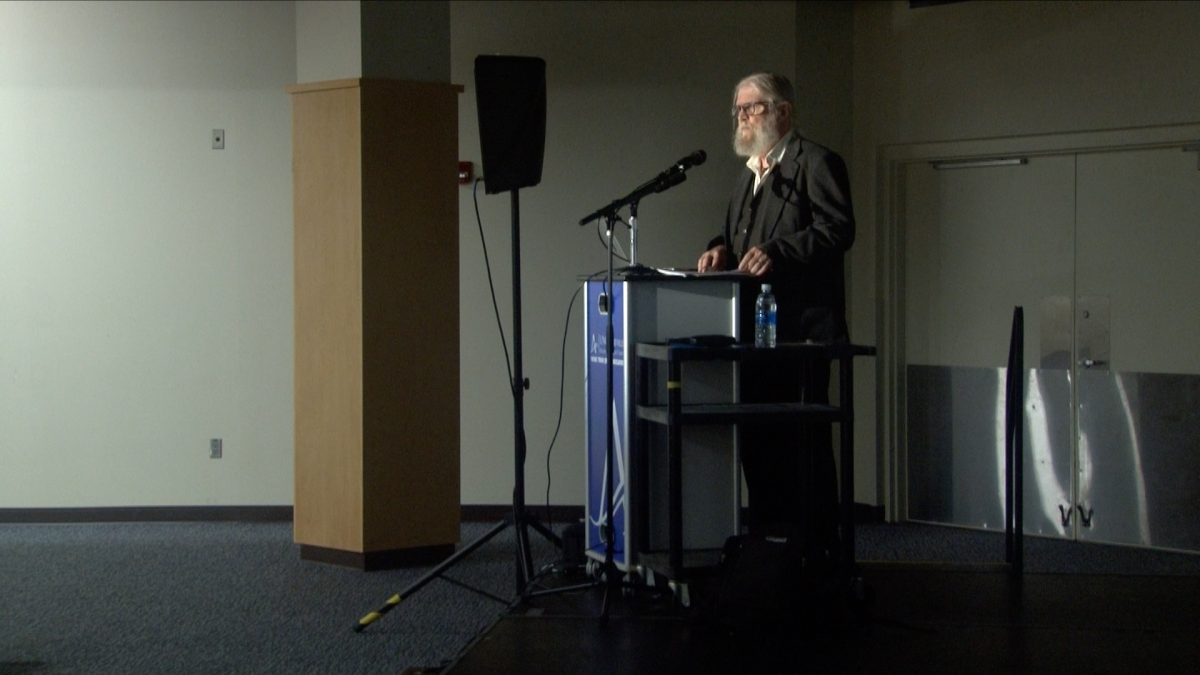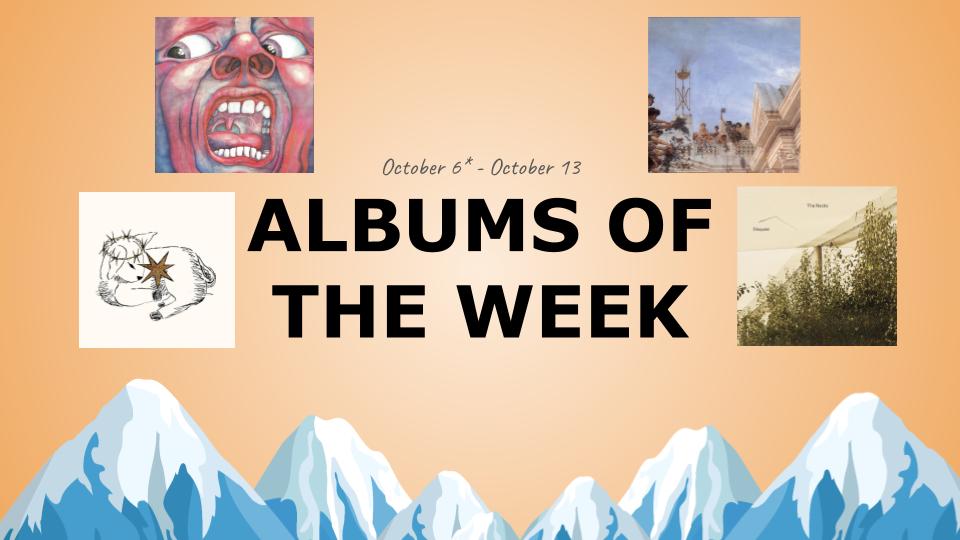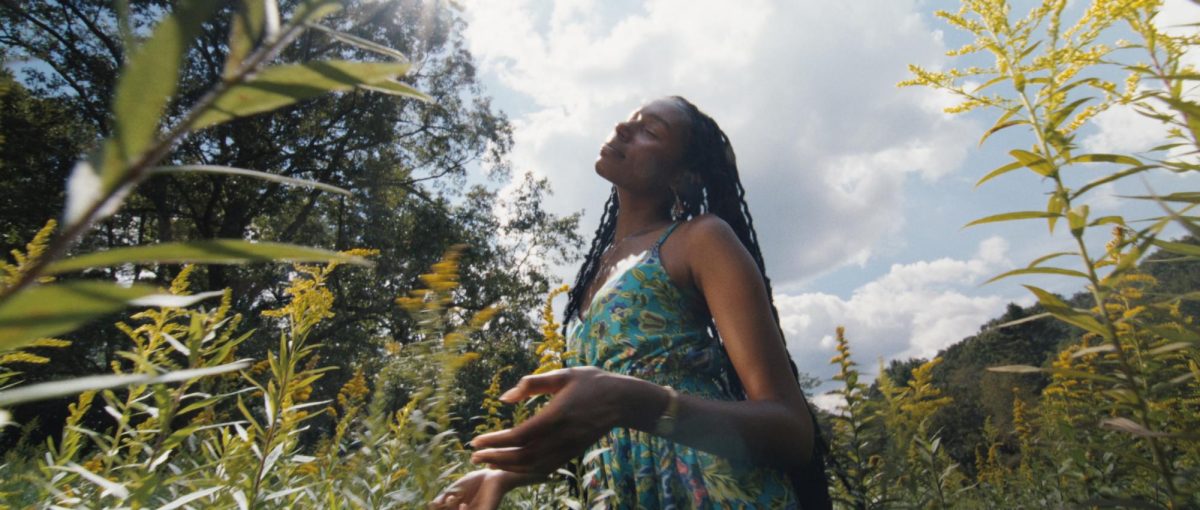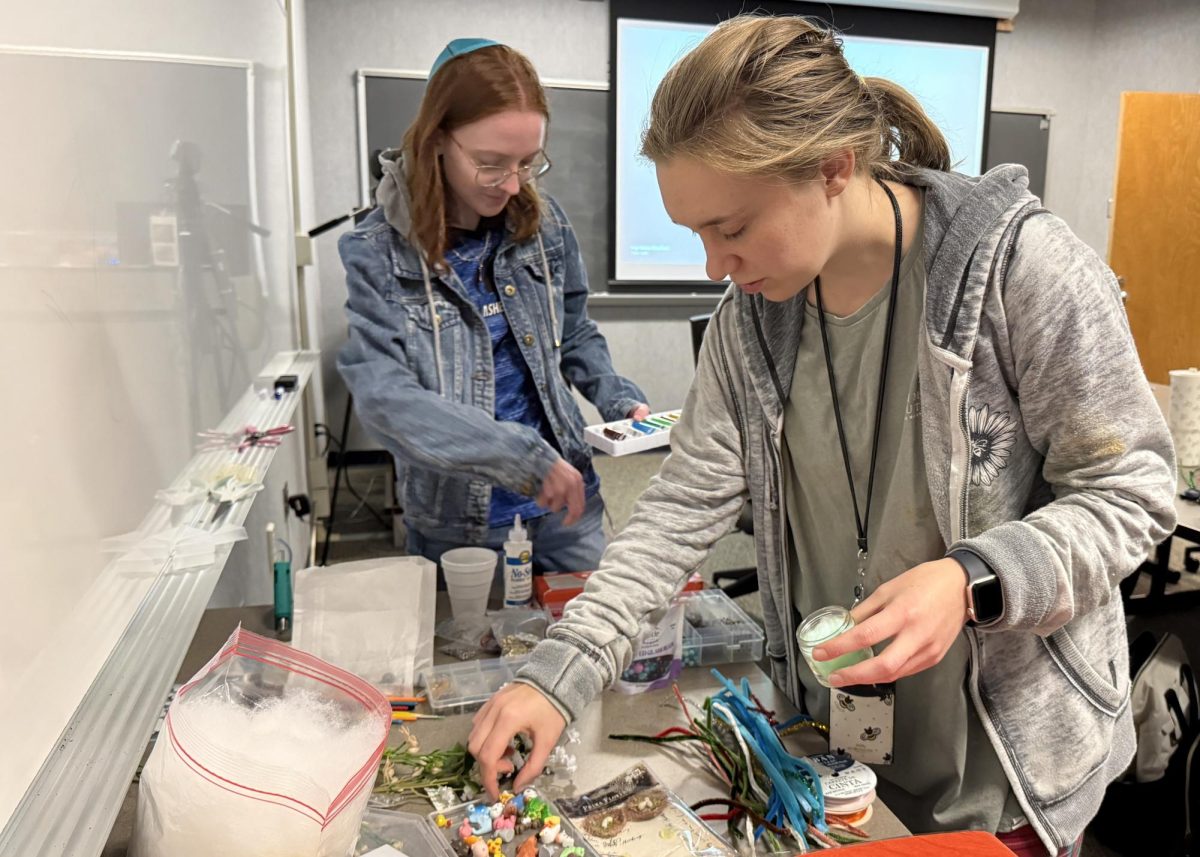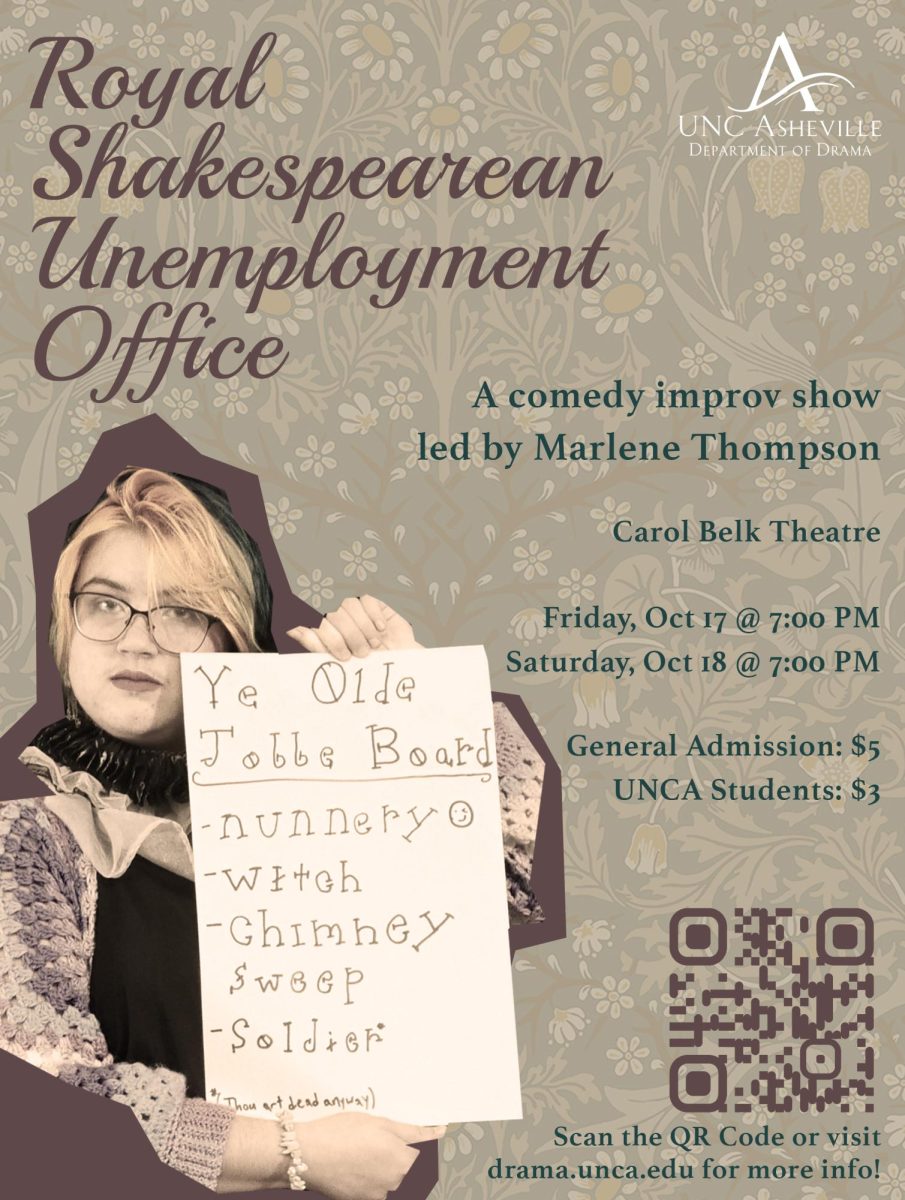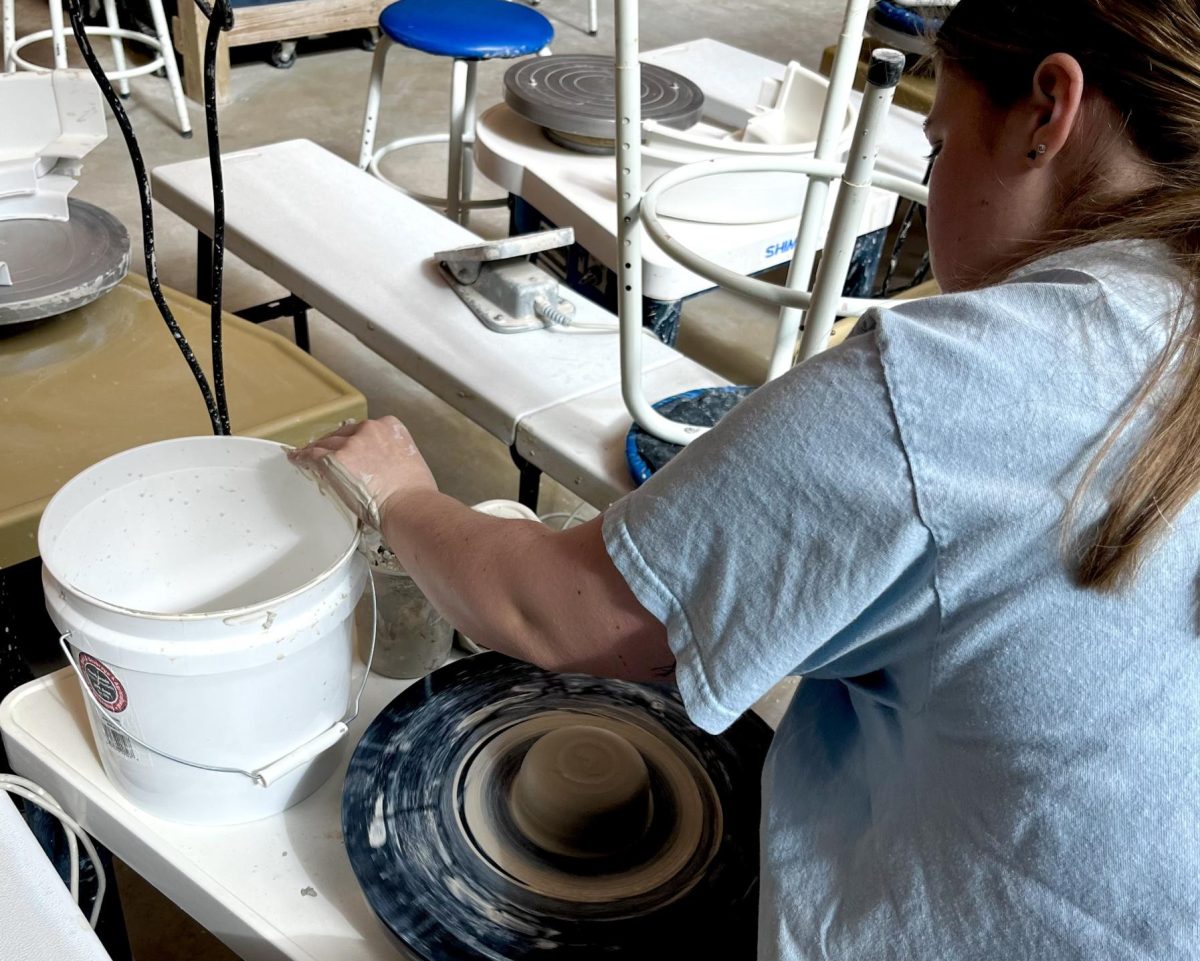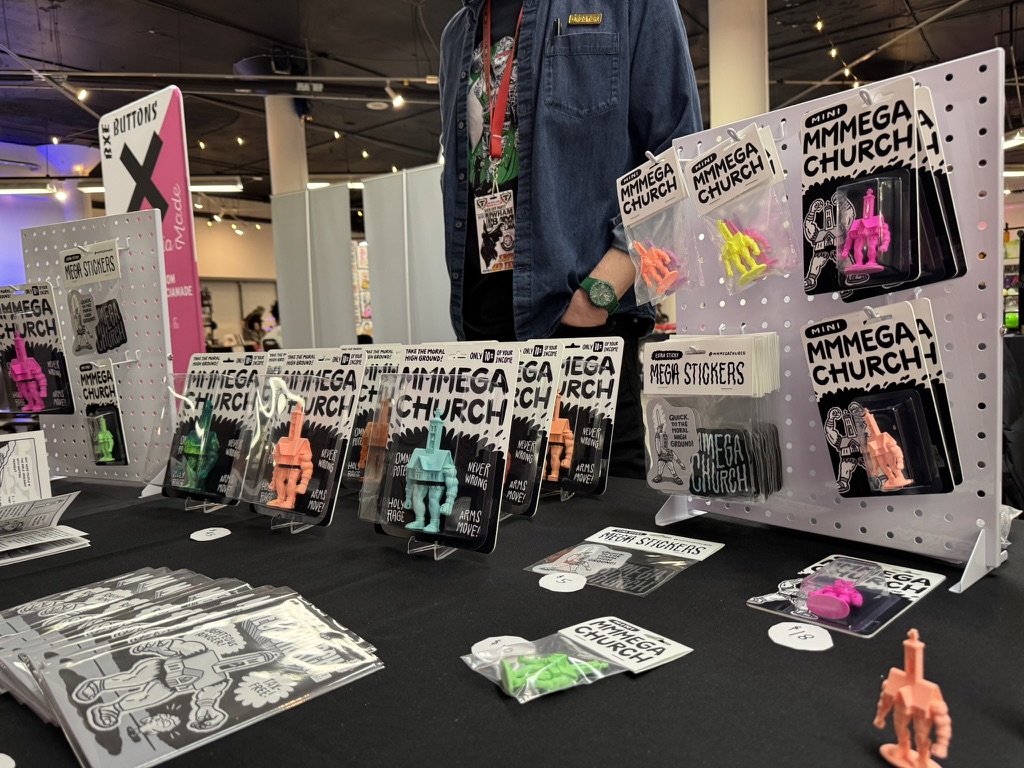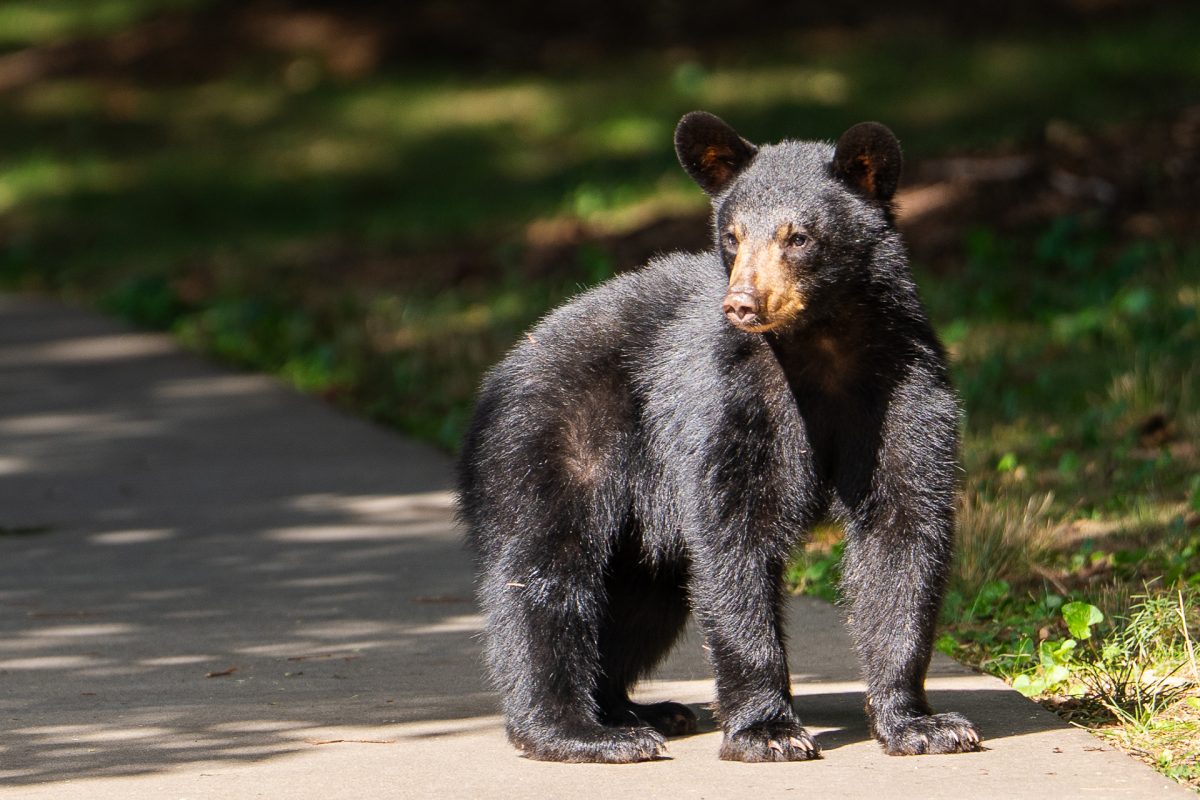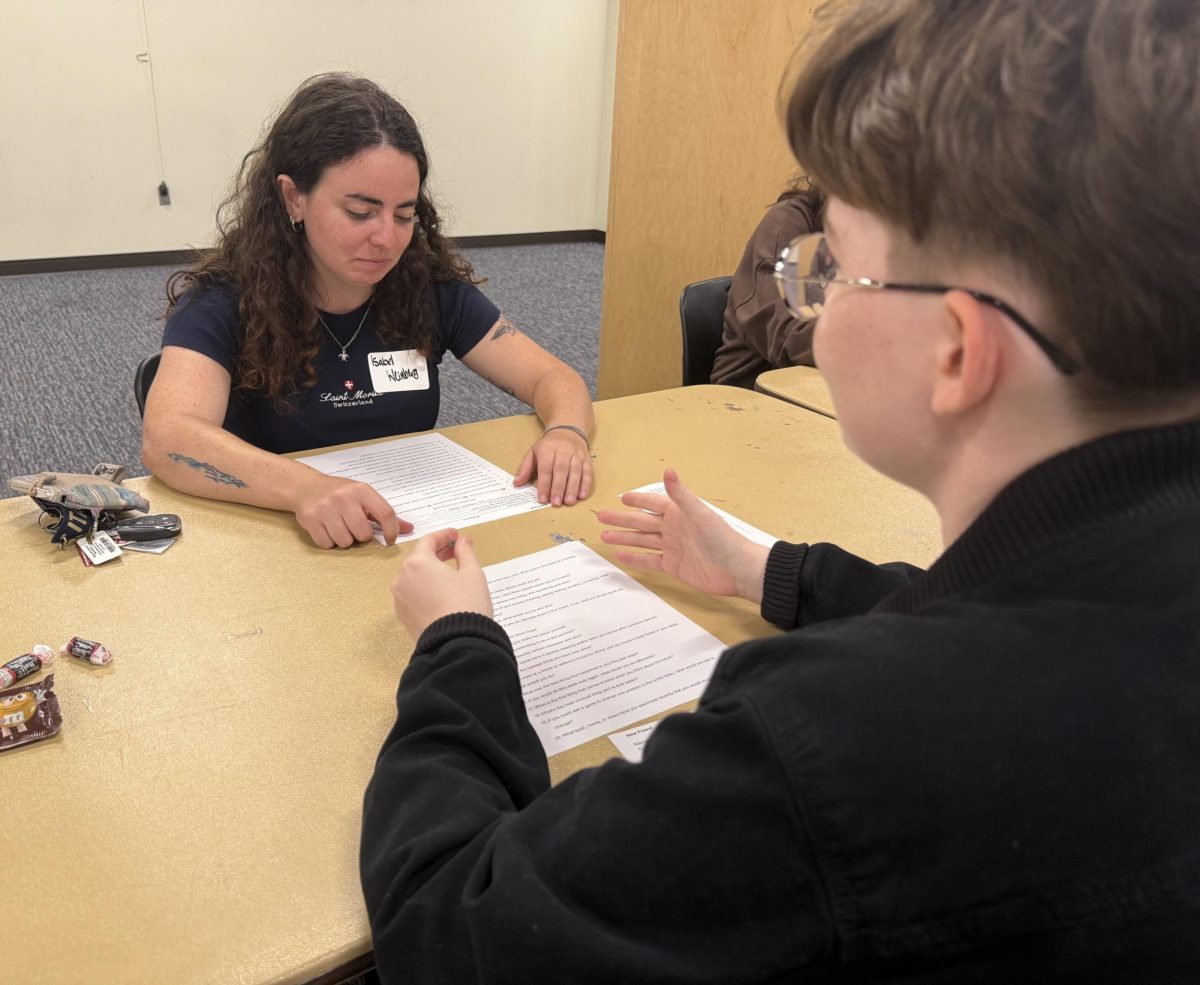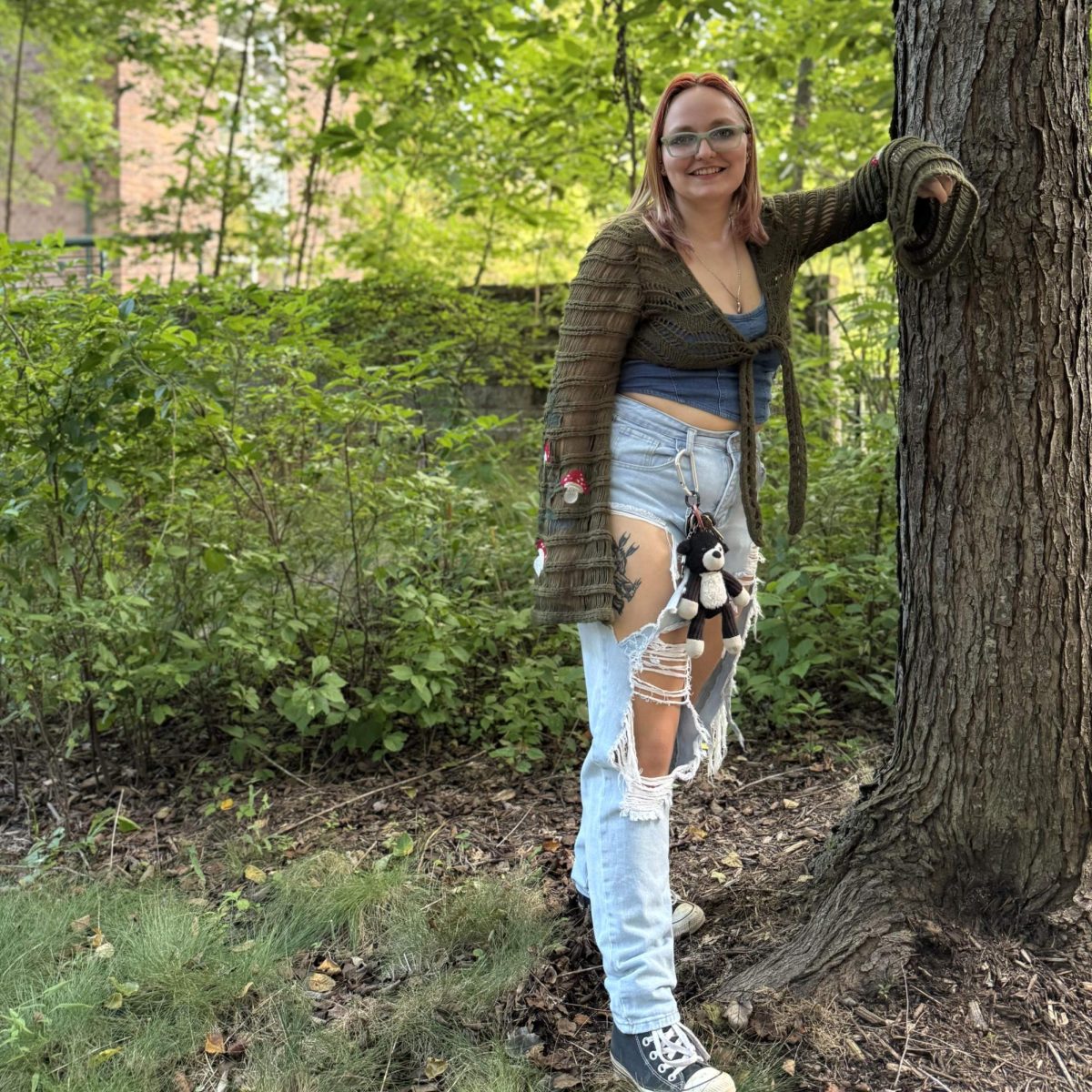Now in its seventh year, the Assembly Required toy exposition turned Asheville into a hub for independent artists who reinvent, transform and subvert established pop culture themes to craft unique, small-batch toys.
“This is new. This is addictive. This is beautiful. It’s toys,” said Matthew J. Casale, organizer and curator of Assembly Required. “Everybody loves toys. It touches on your psyche. Everybody grew up with toys, so everybody can communicate in that language.”
Casale said he founded Assembly Required in 2017 after years of unrewarding work in hotel hospitality and a challenging period following his mother’s passing.
“I was working in hotel hospitality at the time. It was kind of draining me, and then my mom passed from cancer. I was asking myself questions, like, ‘Why am I here? What am I doing with my life? What makes me happy,’” Casale said.
Looking for inspiration, Casale said he discovered a community of artists selling their work on Instagram and followed as many of them as he could. He studied their techniques, mold-making processes, and materials while also attending prominent toy expositions in New York and California.
After immersing himself in the scene and polling artists in the region, Casale said he found two local toy artists and brought them on as consultants and curators. Their input shaped his vision for an exposition in Asheville, laying the foundation for an event that attracted artists – a crucial factor in the nascent event’s success.
“So much of this scares me and you only live once. I had to do it. I just dove in headfirst. And now? I get to see people walk in, look around, and say, ‘I have no idea what any of this is, and I love it.’ That makes it all worth it,” Casale said.
Casale distinguishes bootleg and designer toys from mass-produced figures by emphasizing their handmade, small-batch production.
When defining the categories within this subculture, Casale said some people impose too many restrictions on the differences between designer and bootleg toys. He emphasizes the deep connection between both toy scenes and rejects the idea they exist in separate worlds. Whether it’s an original, sculpted toy or a figure made from repurposed parts, he said he sees these artists as branches from the same tree.
Casale describes bootleg toy artists as creators who repurpose existing toy parts through a process known as “kitbashing,” in which designer toy creators typically sculpt entirely original designs, often using resin molds and silicone casting techniques.
“The beauty of bootleg toys is that you’re not boxed into anything,” said Dan Oberdorf, bootleg and satirical toy creator at the event. “You get to borrow some concepts and take them to another place.”
Better known as “Mr. Dan,” Oberdorf’s pieces “kitbash” pop culture figures in ways that feel both absurd and subversive.
“I’ve turned Darth Vader into ‘Florida Man.’ I also have a stuntman called ‘Dad Damon’ instead of Matt Damon,” Oberdorf said. “My work has always kind of gone to the riskier ends of fine art. It just made sense to experiment with different forms and shapes and see what clicks with people.”
According to Casale, bootleg toy artists do not aim to deceive consumers. Instead they mock, honor or transform previously made parts to create new works of art. They believe this qualifies their work as “fair use.”
“Bootleg toys used to have a negative connotation, but now creators embrace the label,” Casale said. “Originally bootlegs were knockoffs trying to take advantage of an existing IP. Today’s bootleg artists are making art, not fakes.”
Casale said big toy companies like Kenner and Hasbro sometimes incorporate bootleg elements into their toys.
“Some of the ideas that started in the bootleg community, like multicolored prototype toys, are being produced by mainstream companies in major markets,” Casale said.
First-time exhibitor Josh Ataway showcased his project, Megachurch, an original toy line and comic that critiques his experiences growing up in an evangelical megachurch.
“This is how I’m dealing with my church trauma,” Ataway said. “I grew up in a very evangelical environment, and later I got involved in a megachurch. When I saw how much of it revolved around income and money, it just didn’t make sense anymore.”
In his comic, the megachurch character debates faith and capitalism with an owl.
“The megachurch character is kind of me if I had stayed in the church, and the owl is who I am now,” Ataway said. “It’s like a conversation between my two selves. Cheap therapy, I guess.”
Ataway said audiences responded overwhelmingly positively to his work at the event.
“Everyone that walks by smiles,” Ataway said. “They seem to get the concept right away, and that’s been really great.”
With growing demand for Assembly Required, Casale said he needed to move this year’s exposition to a larger venue, Battery Park Hall. This expansion meant giving new artists a chance to enter the scene, an essential element to keeping the culture alive.
“If we don’t support new artists, this culture will die,” Casale said.
Casale said he curates each year’s artist lineup carefully, ensuring a mix of returning favorites and fresh talent.
“I used to have a 50% return and 50% new artists split, but as the event grew, it became 75% returning artists. I realized I needed to make room for more new artists,” Casale said.
Newcomer Cool Cat Toys discovered the culture through a previous Assembly Required event and continues to gain traction with his hand-sculpted resin figures, according to Casale.
“He came to the event in 2020 as an attendee. He was inspired to become an artist. That means a lot to me,” Casale said. “He studied the process, experimented with materials and by 2022, he had an action figure that sold out.”
As the event moves forward, Casale said he envisions Assembly Required expanding into Philadelphia. He remains committed to keeping its intimate and artist-focused atmosphere intact.
“One of the things the artists love about Assembly Required is the intimacy,” Casale said. “You don’t walk into our expo hall with drapes separating everyone. I want artists to be able to see each other, to wave across the room. That’s part of the vibe. That’s part of the energy.”
Casale said he sees Assembly Required as more than a gathering of like-minded artists and collectors – it’s a way to get the word out. Casale emphasizes the event’s critical role in building awareness for a mostly unknown, underground community.
“The more people I talked to that hadn’t heard of this culture, the more I wanted to do it,” Casale said. “We’re not gatekeepers. People need to know about this. More people need to know about this.“
Casale, who started his journey looking for purpose many years ago, said he still finds himself awed by the work this subculture produces. For Casale these toys are like magic, and the toymakers are magicians. They create, innovate and amaze. As a toy maker, Casale said he understands the effort and dedication required to produce these figures.
“At the show just this year, I remember walking by an artist, I was literally turning what he made over in my hands, trying to figure out how he molded it, and I was like, ‘How did you do that?’ And they’re like, ‘I don’t know, I just throw it at the wall. It stuck – and Ta Da!’”
